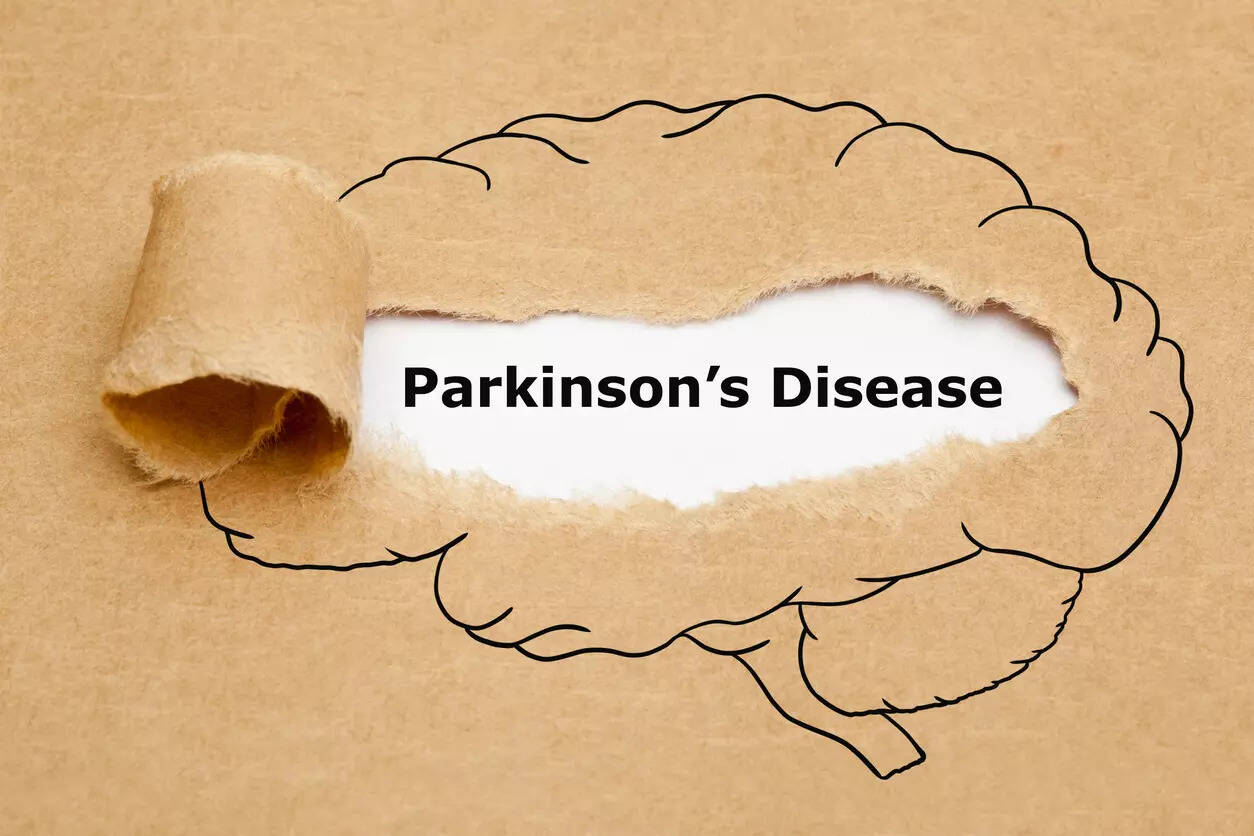
New Delhi: Parkinson’s doesn’t have to slow you down—literally. New research is showing that hopping on a bike could do more than just strengthen your legs—it might actually help your brain work better.
Dr Sudhir Kumar, CMC Vellore-trained doctor, calls cycling a powerful, fun, and surprisingly effective way to support people living with Parkinson’s disease, giving them more control over movement, mood, and overall quality of life.
He shared that recent findings from a 2025 study in Clinical Neurophysiology focused on patients with Parkinson’s who had deep-brain stimulation devices.
Participants used a special stationary bike designed to assist or resist pedalling, keeping them at about 80 revolutions per minute for 30 minutes, several times a week.
Over a few weeks, researchers noticed noticeable improvements in brain activity patterns linked to movement control. This suggests cycling may encourage neuroplasticity—the brain’s ability to rewire itself.
The Hyderabad-based doctor suggested that cycling isn’t just about muscles.
Regular aerobic exercise can reduce motor symptoms like stiffness, tremors, and slowness, improve balance and posture, and lower the risk of freezing of gait.
It can also boost mood and energy, and potentially slow disease progression by increasing protective brain chemicals like BDNF, which help nerve survival and new connections.
His advice
For those ready to try, stationary or motor-assisted bikes are safest, while outdoor cycling can be considered if balance is good—just take safety precautions. Aim for a moderate to vigorous pace, about 30 minutes per session, at least three times a week. Adding strength training, balance exercises like tai chi or yoga, and flexibility stretches can further enhance benefits.
Movement truly is medicine. Cycling offers a simple, accessible way for people with Parkinson’s to stay active, independent, and positive. Every pedal stroke isn’t just exercise—it’s a small step toward rewiring the brain for better control, strength, and well-being.
According to the National Institute of Neurological Disorders and Stroke, Parkinson’s disease (PD) is a progressive movement disorder of the nervous system.
It occurs when nerve cells in the brain weaken, become damaged, or die, leading to difficulties with movement, tremors, stiffness, and balance. As the disease advances, everyday tasks like walking, talking, or dressing can become challenging.
Parkinson’s is mainly caused by the loss of neurons in a part of the brain called the substantia nigra, which makes dopamine.” This chemical messenger is essential for smooth, coordinated movement.
By the time symptoms appear, many patients have lost 60–80% of these dopamine-producing cells. Parkinson’s also affects norepinephrine-producing nerve endings, which control automatic body functions, explaining fatigue, blood pressure changes, and other non-motor symptoms.
Affected brain cells contain Lewy bodies—clumps of the protein alpha-synuclein—whose role in neuron death is still being studied.
What are the symptoms of Parkinson’s Disease?
The official website listed a few symptoms of PD that vary, usually starting on one side of the body and later affecting both. Key motor signs include tremors (often starting in the hand), muscle rigidity, slowed movements (bradykinesia), and postural instability, leading to balance issues and a characteristic “parkinsonian gait.”
Non-motor symptoms are common and may include depression, anxiety, speech and swallowing difficulties, urinary problems, sleep disturbances, cognitive decline, muscle cramps, pain, fatigue, and sexual dysfunction.
Parkinson’s affects each person differently, with symptom progression and severity varying widely. Early recognition and comprehensive management—including medication, therapy, and lifestyle measures—can help maintain function, improve quality of life, and slow the impact of this complex neurological disorder.